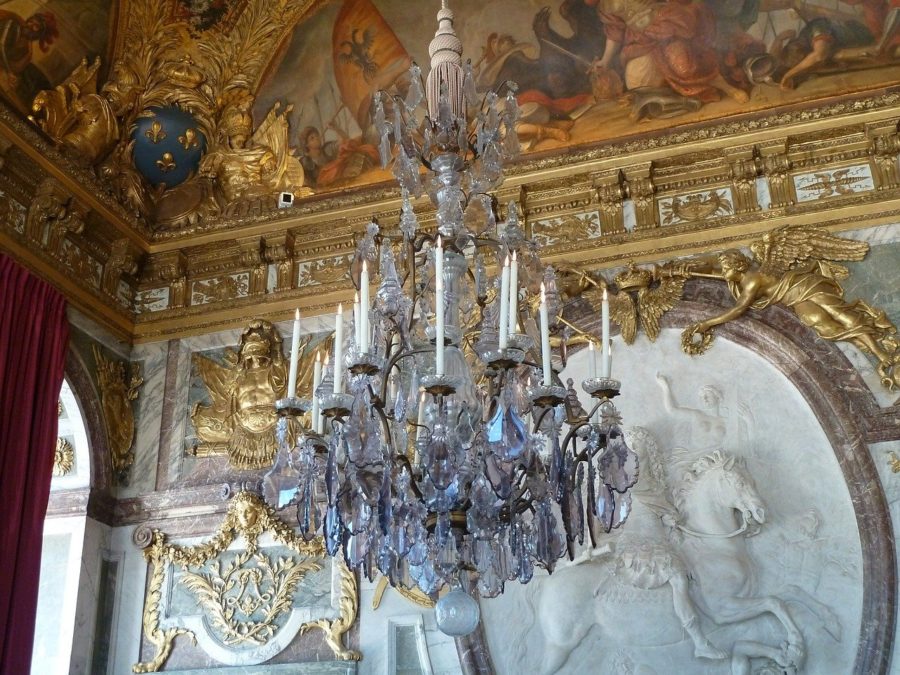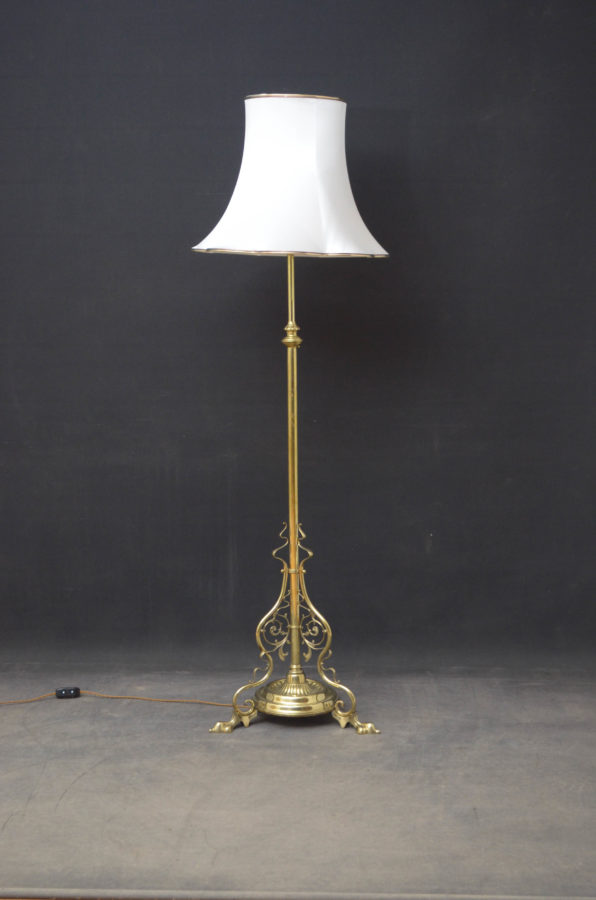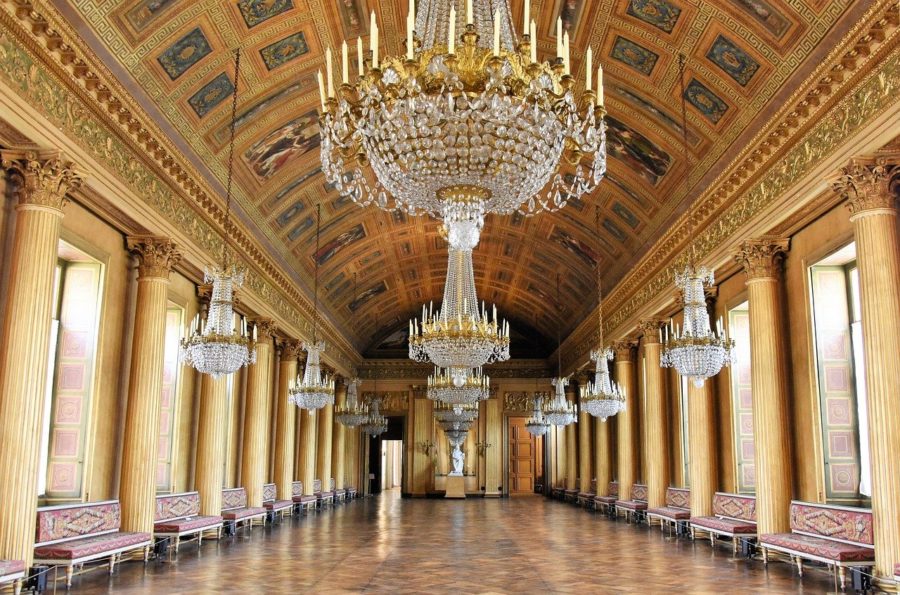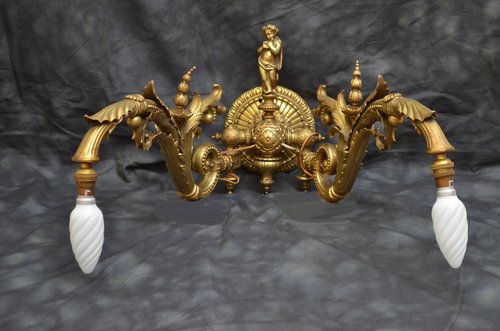Menu
Showing all 6 results
Antique lighting, which ranges from simple table lamps to magnificent crystal chandeliers, are in high demand. For this reason, it is such an exciting environment for collectors and dealers to explore. Decorative design features are prevalent in many antique candlesticks, lamps, and wall lights; the presence of these design components assists in determining the age and value of many artefacts. Other characteristics that might help us determine the value of antique lighting include the presence of hallmarks, manufacturer markings, and subtle differences in how each antique is built and finished. There are a few key elements to look for, whether you are buying your antique lighting from a specialist dealer such as Nimbus Antiques, an auction, an antiques fair, or a collection centre. With anything from ancient standard lights to extravagant candelabras, this helpful guide should assist you in making sense of everything:

When purchasing an antique lamp, the first thing to consider is the item’s value. It is crucial to note that just because something is ancient does not mean it has a lot of worth. This is especially true for consumer things like lights. As a result of the fact that electric lamps, in particular, have always been mass-produced consumer commodities, there is a fair probability that an earlier lamp built by a major corporation will not necessarily have any kind of value, save for the minimal number of collectors who are interested in them.
Want a base that will be valuable in the future? If this is the case, you should pay close attention to the materials used. Bronze is the most reliable indicator that you have discovered something that was once extremely valuable. When it comes to ceramics, they can be a good option in some cases, but you will want to pay close attention to the quality of construction and the decoration of the casing. Whenever possible, avoid purchasing items made of plastic, as this is a good indication that you are buying a much later imitation of something that may be significantly more valuable.
Examining an antique lamp for the presence of a studio signature is another excellent technique to estimate its worth. However, while the trademark of Tiffany Studios is unquestionably the most well-known, many early artists and artisans used similar marks of trade throughout the period when lamps were mass-produced in large quantities. Investigate online to see what kinds of distinguishing signs distinguish the originals from the reproductions to assess whether or not you are paying a fair price for the lamp you have discovered.
Some antiques have spectacular instances of glasswork incorporated into their design. Although this glasswork is not always an intrinsic part of the lamp, it can screen the flame from the elements while still allowing it to provide light to a room in some instances. In other cases, the glasswork was utilised to display the owner’s wealth or the ingenuity of the craftsman, with intricate motifs and expensive colouring applied throughout the piece to emphasise the point. If you have the opportunity to examine an antique lamp created by a master artisan, pay particular attention to the details in the glass – you could be astonished by what you discover upon closer investigation.
Before your lamp was considered an antique, it was an ordinary home object that had seen a lot of use and needed repair. When it comes to antiques, some weathering is usually a good thing. However, you should be on the alert for any product that appears to have been fixed, mainly if the repairs appear to have been made with new parts. The key to recognising repairs is usually found by observing variances in paint colours and wear over time. If you notice something that appears to have been painted later than the rest of the lamp, there is a significant possibility that you are looking at something damaged underneath the paint.
Trying to tell the difference between a “real” antique lamp and a reproduction is one of the difficulties that many antique lamp purchasers have when shopping for antique lamps. For years, folks who adore the look of antiques but do not wish to pay a premium for them have turned to reproductions for their lighting needs. Many of the most authentic-looking lamps available today are, in fact, convincing reproductions. How can you identify fake antiques? Investigate the distinctive trademarks that have been applied to specific lamps, and keep an eye out for the usage of plastics in anything that appears to date back before the mid-20th century.

Antique glass candlesticks from the 18th and 19th centuries are typical finds among dealers, at fairs and auctions, and even at the occasional car boot sale and are particularly popular with collectors. Be on the lookout for antique candlesticks for sale that have ‘baluster‘ stems, which have beads of air in them and are similar to the type found on 18th-century wine goblets. These have a monetary worth of up to £1,500 for each piece. Later antique candlesticks frequently include twists of air in the glass, and you can obtain an additional £500 for them on top of the base price. It is estimated that certain antique candlesticks feature ‘drops’ used to reflect light, known as lustres, which are worth approximately £2,000 per pair. If you come across an antique candelabra for sale – candlesticks with branching holders – you may expect to pay anything from £5,000 to £35,000 for it.

Despite their association with opulent and elegant surroundings, antique chandeliers are available for purchase in a variety of styles to complement practically any interior. Even though most homes no longer have the ceiling height that they once did, this form of vintage lighting is still extremely popular, bringing a dazzling sparkle to any place, from dining tables to stairwells. Any antique chandelier for sale should be examined for the precision of the cut, which is the first indication of the piece’s overall quality.
Chandeliers from the early 17th century were simple glass designs that served only one purpose, to catch the wax that dripped from burning candles. In the 18th century, when glass-cutting methods improved, beautiful pendants and crystal drops were incorporated into the majority of items. As a result, antique chandeliers with intricate designs can sell for as low as £5,000 and as much as £50,000. When electricity was discovered in the nineteenth century, chandeliers underwent yet another transformation. These items, which were frequently accompanied by fake candles and flame-shaped lamps, can fetch anything from £1,000 to £10,000 when sold at auction.

Antique wall lights in the Art-Deco style are highly collectable, especially those created by masters such as Tiffany, whose antique lamps are admired for their natural curves and stained mosaic glass. Unfortunately, antique wall lamps, also known as sconces, of the candelabra type with two or more glass arms for holding candles, are extremely difficult to come by. A pair that dates back to the mid-18th century can fetch up to £30,000 on the market. Even replicas of originals can fetch up to £3,500 when sold at auction.

Antique lamps are as varied as the homes that they are placed in. Many antique lamps made of moulded glass were developed in the nineteenth century, many of which had heavy coloured bases. There are some simple pieces available in the manner of a Classical column with brass or silver-plated decorations, which may be purchased for up to £1,000 per piece. Table lamps made of wisteria in the style of Tiffany’s 20th-century Wisteria table lamps can retail for more than £100,000 on the other end of the price spectrum. Galle and Lalique are two other well-known designers whose pieces may fetch anything from £8,000 to £60,000 on the open market. With the introduction of electricity came the introduction of more bulbs; these types of antique lamps, which may have chandelier drops incorporated into them and sell for up to £400, can be found.
| Cookie | Duration | Description |
|---|---|---|
| cookielawinfo-checbox-analytics | 11 months | This cookie is set by GDPR Cookie Consent plugin. The cookie is used to store the user consent for the cookies in the category "Analytics". |
| cookielawinfo-checbox-functional | 11 months | The cookie is set by GDPR cookie consent to record the user consent for the cookies in the category "Functional". |
| cookielawinfo-checbox-others | 11 months | This cookie is set by GDPR Cookie Consent plugin. The cookie is used to store the user consent for the cookies in the category "Other. |
| cookielawinfo-checkbox-necessary | 11 months | This cookie is set by GDPR Cookie Consent plugin. The cookies is used to store the user consent for the cookies in the category "Necessary". |
| cookielawinfo-checkbox-performance | 11 months | This cookie is set by GDPR Cookie Consent plugin. The cookie is used to store the user consent for the cookies in the category "Performance". |
| viewed_cookie_policy | 11 months | The cookie is set by the GDPR Cookie Consent plugin and is used to store whether or not user has consented to the use of cookies. It does not store any personal data. |